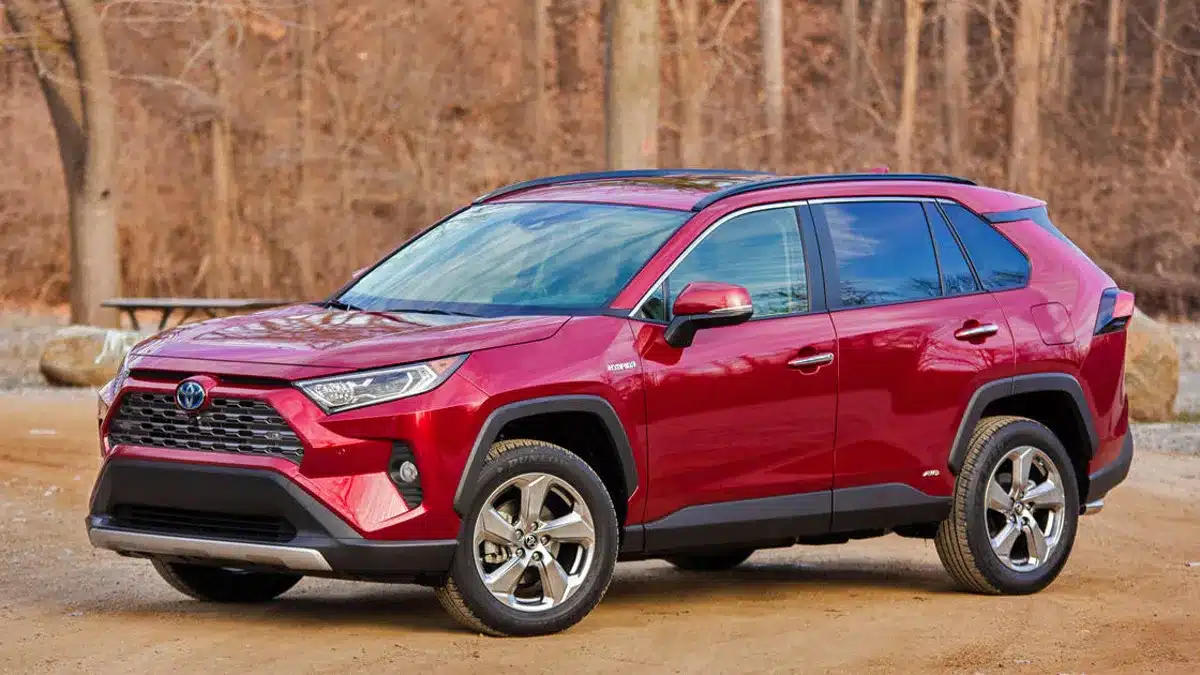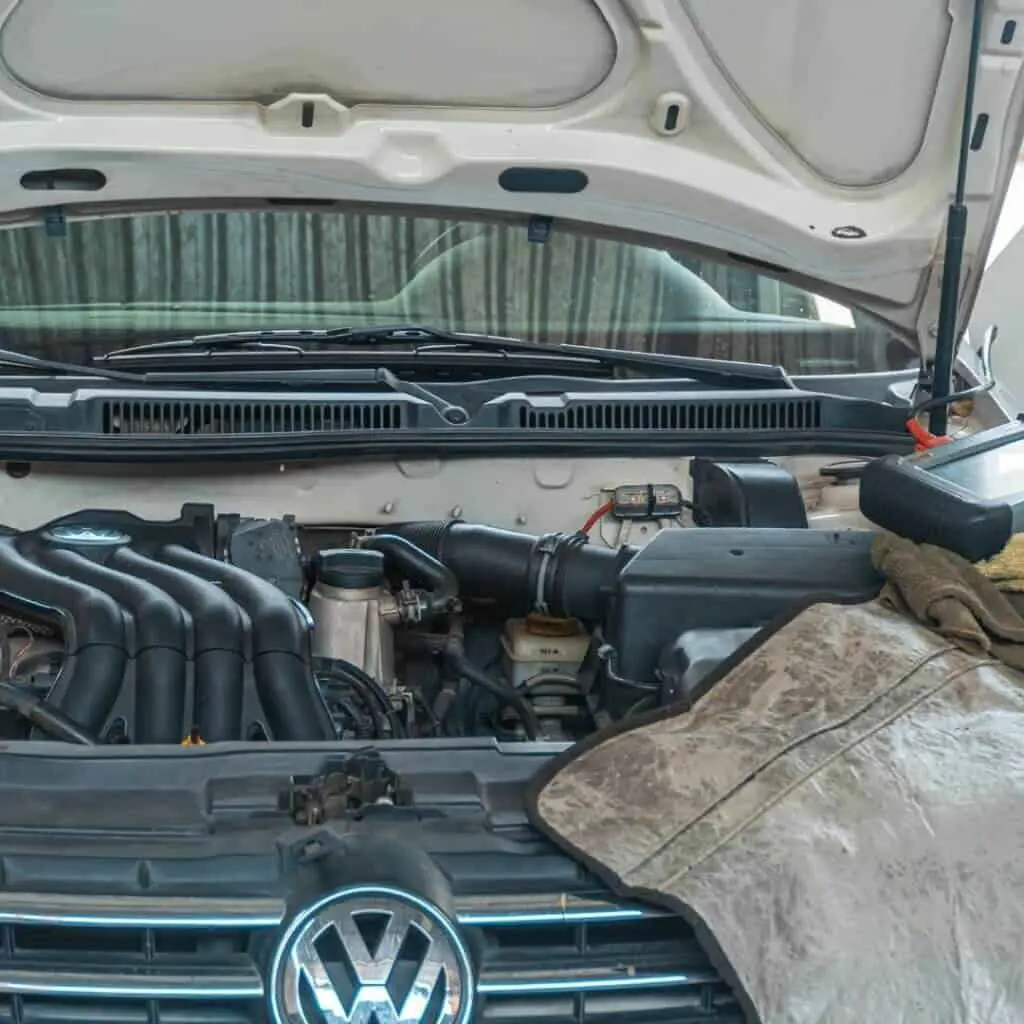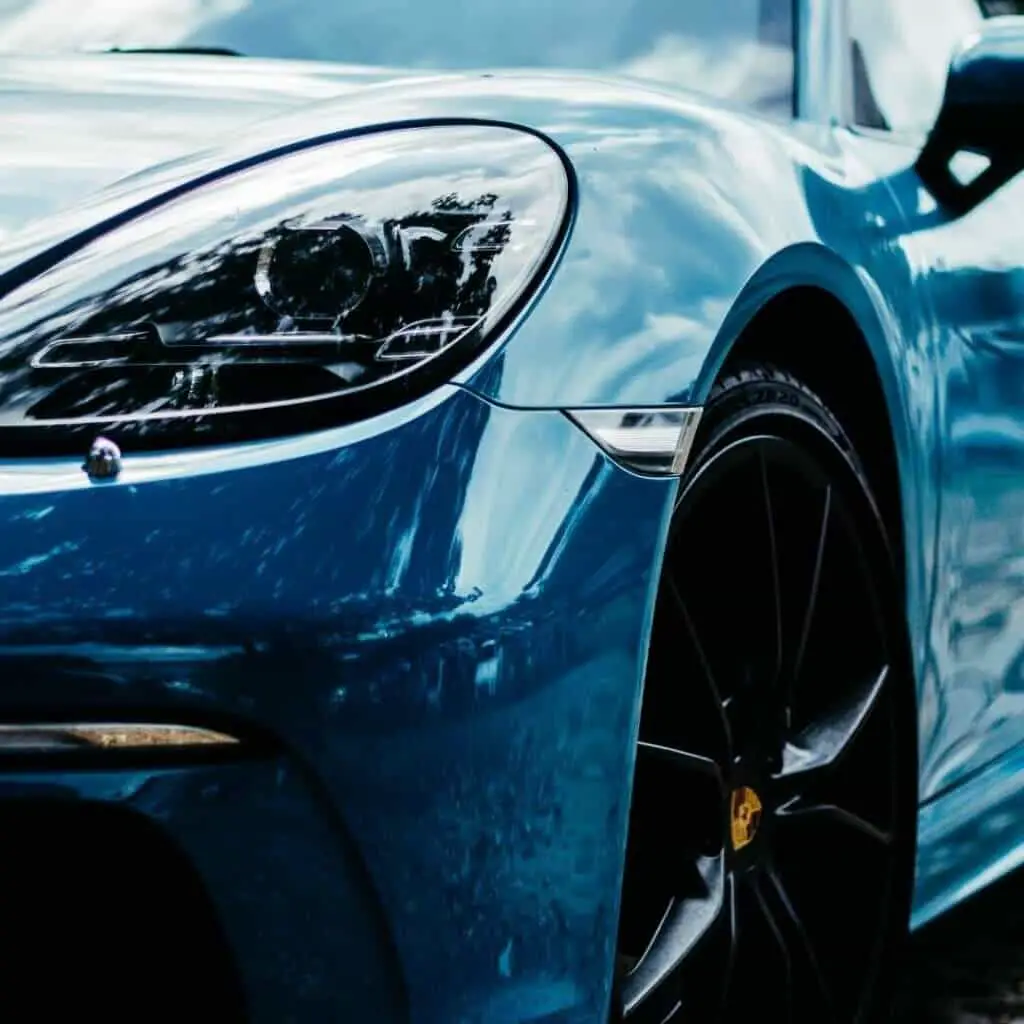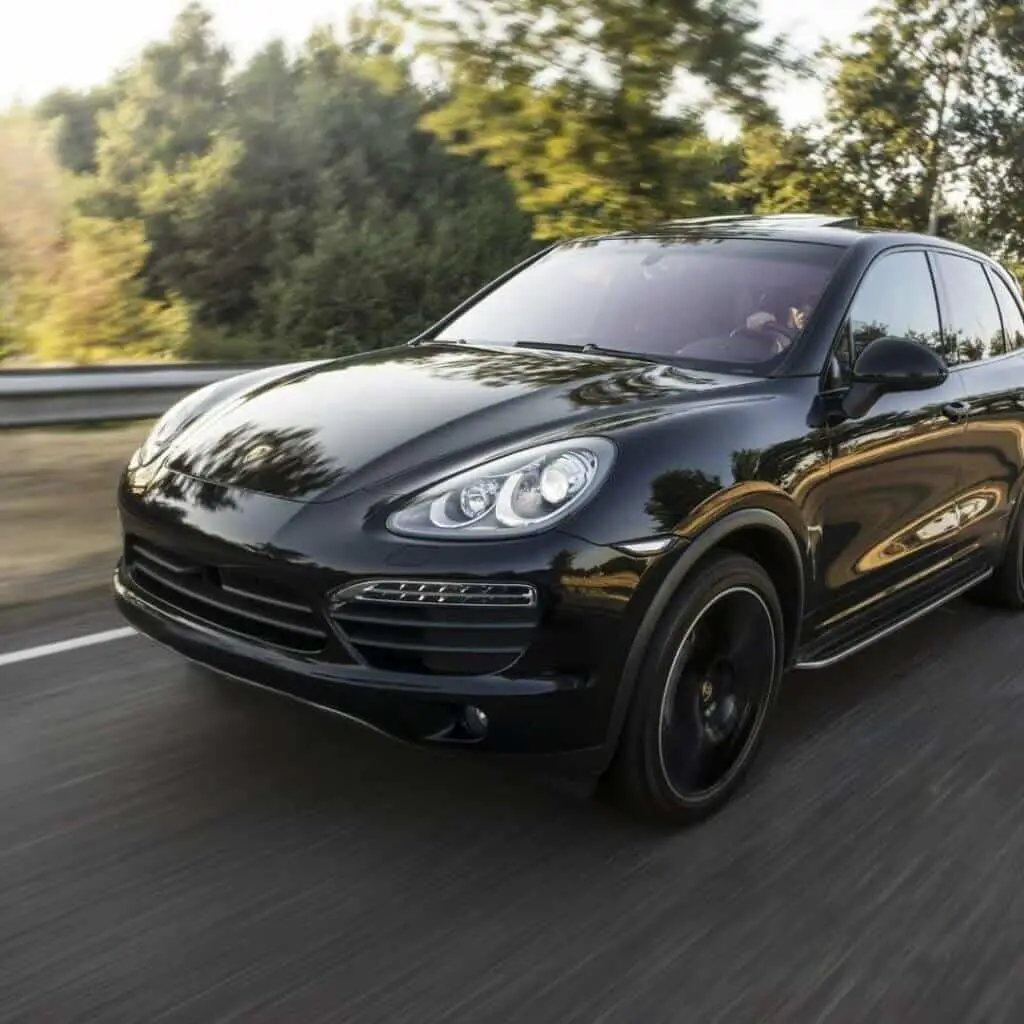What are the Toyota Rav4 years to avoid?
The RAV4 is a compact SUV vehicle produced by Toyota. It is believed to be the first compact crossover SUV to have ever existed. It was introduced in North America in 1995 after making its debut in Europe and Japan in 1994.
The automobile was made for customers who wanted a vehicle with a lot of the advantages of SUVs, such as more storage space, and better vision. Additional desirable features included the option of permanent four-wheel drive, as well as the maneuverability and fuel efficiency of a small car.
A 2.5-liter, four-cylinder engine with 203 horsepower and an eight-speed automated transmission powers the 2023 RAV4. Although all-wheel drive is now an option, front-wheel drive is still the default system offered by Toyota. This depends on the trim level.
The RAV4 has a muscular posture and purposeful style that lends to an aggressive off-road and stylish city look. According to EPA assessments, the RAV4 has a class-competitive fuel economy. On the interstate, front-wheel-drive RAV4s may achieve up to an estimated 35 mpg [1].
The RAV4 is made to provide you with the assurance of traveling further on or off the road. It is equipped to perform, whether it’s fighting the trails with optional All-Wheel Drive or mastering the pavement with its multi-link rear suspension.
Nonetheless, some model years of the Toyota RAV4 are timeless and memorable while other years are disappointing, even for the maker. Throughout the RAV4’s lengthy history, certain models have unavoidably performed worse than others, making it challenging to identify the finest model years while looking for used cars.
We can establish which Toyota RAV4 model years to stay away from buying using Consumer Reports reliability [2]. User satisfaction data, as well as the Car Complaints list [3] of frequent complaints sent directly by owners, are also useful sources of data for ranking Toyota RAV4s.
Toyota Rav4 Years to Avoid and Why

First Generation (1996 – 2000)
The first-generation RAV4 didn’t have the requisite safety measures to support its tough exterior, despite its appearance. The IIHS gave the RAV4 a grade that was below average overall after testing it.
The crash test dummy suffered major injuries during the moderate front overlap as a result of the occupant’s excessive motions during the impact [4].
Under-inflating airbags were another issue with the original RAV4, which led to a recall for the vehicle in 2000 [5]. The first-generation RAV4 is dependable, with no more than 60 complaints annually.
It’s reasonable to conclude that the only type of first-generation RAV4 to stay away from is one that has not received regular maintenance. Yet, because they have a quieter cabin and seven more horsepower, models from 1998 and after appear to be the best.
In 2000, the convertible option was abandoned. So, for the best experience, choose a 1998 or 1999 model year.
Second Generation (2001 – 2005)
The 2001 – 2003 model years should be avoided in this generation as they experienced numerous transmission-related issues. Of all the Toyota RAV4 models, the 2002 model has received the most complaints (519 total) [6]. Its inclusion on this list is assured by that fact alone.
According to CarComplaints, the transmission shifting issue is its worst concern. The average cost to correct this issue is $2,250, and it occurs at a mileage of 97,400 miles.
The model also has a jerking issue that frequently happens at slow speeds. There have been 125 complaints about it, with a $2,050 repair cost and an average mileage of 98,800 miles.
The worst 2002 Toyota RAV4 problems include transmission and computer failures. Around 97,650 miles are covered by it, with a $3,210 average repair cost.
The automatic transmission had issues shifting in the 2001 to 2003 models due to a defective ECM (engine control module). To solve this problem, an updated ECM has to be installed in its place. Blue or gray smoke during startup was also a result of leaking engine valve seals.
The Check Engine Light was frequently brought on by the air-to-fuel ratio sensor failure, which was rather common. The cost of the component plus the labor for replacing the air or fuel ratio sensor ranges from $65 to $320. It was also claimed that the mass airflow sensor became dusty, which made acceleration stutter.
The steering made a clunking noise due to a worn-out steering rack. A steering rack replacement may cost between $600 and $1,000.
Moreover, the hefty spare tire and lack of maintenance could cause the rear swing door’s hinges to break. The back swing door became challenging to shut as a result. For this reason, it’s crucial that you keep the hinges well-greased.
The AWD system may also experience problems due to variations in tire size or pressure. By maintaining the recommended tire pressure in each tire, the problem was resolved.
Third Generation (2006 – 2012)
The Toyota RAV4 enjoyed a successful third generation, which included some of the model’s best incarnations ever. Although they aren’t as frequent as those for the 2002 RAV4, several customers have much more serious and expensive to fix issues about the 2006 – 2008 versions in particular.
On Car Complaints, there are hundreds of owner complaints about the 2006 Toyota RAV4 [7]. The NHTSA also got hundreds more. Most of them involve steering and engine issues. These problems can be exceedingly expensive to fix, particularly the notoriously high oil consumption of 2006 RAV4 engines.
Similar to the Car Complaints users, Consumer Reports identified the engine in the 2006 RAV4 as a prominent source of concern [8]. Particularly, owners were dissatisfied with the general comfort, value, and driving experience of the 2006 model. You therefore should avoid purchasing the 2006 model.
The 2007 Toyota RAV4 is one of the most problematic RAV4 models ever, with no less than 349 complaints posted on CarComplaints. The first Toyota RAV4 vehicles featuring a third row of seats were those from 2007. This was something that extended genuine value to families with more than two children.
Its worst issue is high oil consumption, which received 163 complaints and an average mileage of 104,500 miles. For a problem of this nature, the typical repair cost of $1,920 is regarded as extremely high.
Additional issues include the steering wheel making a clunking noise and the engine failing with an average mileage of 50,000 and 75,000, respectively.
Apart from the fact that it received 197 complaints as opposed to 349 in 2007, the 2008 RAV4 was not any better than its predecessor. The worst issue, according to CarComplaints, is excessive oil consumption, which occurs on average every 105,750 miles.
The 2008 Toyota RAV4 has a very serious non-deployment airbag problem as well. The average mileage is 15,000, and the issue has a severity rating of 10.0 “very horrible” on CarComplaints.
The model years from 2006 to 2008 had a significant increase in complaints each year. The majority of the problems linked to those complaints were serious. Several drivers reported having problems with the steering, the exhaust, and the engine and transmission.
Fourth Generation (2013 – 2018)
The fourth generation of the RAV4 delivered some excellent vehicles overall. But please stay away from the 2013 model if you wish to avoid trouble. Despite having a dependability rating of 5, the most complaints were made in that year, with the worst complaint being a serious safety issue.
Consumer reports describe the 2013 RAV4 randomly accelerating in an exceedingly unsafe manner, causing multiple inevitable collisions [9]. Around 22,000 miles is when the problem typically arises, and it can easily cost more than $10,000 to correct.
The model also has faults with the navigation display and broken air conditioning, which appears after 3,000 miles on average. Another issue was the stench coming from the ventilation system, which started at 6,000 miles on average.
As a result, 2013 is not a safe bet. Consider alternative model years that are a part of the fourth generation if you have your heart set on an older RAV4. They could be 2017, 2016, or even 2012.
Fifth Generation (2019 – Present)
The 2019 Toyota RAV4 looks like an unworthy replacement for the 2018 model. The 2019 model has not only received the lowest reliability rating from Consumer Reports over the past 20 years (2 out of 5).
However, it has also had quite a few complaints. The stated issues are not merely cosmetic. They also have an impact on the engine and gearbox parts.
Despite only receiving 97 complaints, CarComplaints ranked it the worst model year ever due to its exorbitant repair prices and the typical mileage at which serious defects manifest.
The 2019 model has a propensity to uncomfortably lurch when driven at low speeds even before breaking in 4,000 miles. Various additional transmission, drivetrain, engine, and fuel-system faults can emerge early on as well [10].
Not only does this drastically impair the 2019 RAV4’s ability to drive, but in the worst-case situation, fixing these problems can cost up to $20,000. This is a ridiculous amount of money to spend on a car repair, much less one after only a few thousand miles.
The fuel indicator never displays full and the 1,100-mile average is two more terrible issues. For 2019 cars, brake problems have also been noted.
With relatively few miles, squealing, clicking, and general brake system malfunction have all been observed. Even some drivers have claimed that when they pressed the brakes, the car would accelerate, forcing them to brace for contact.
According to the data above, the main problems with this model manifest themselves already before 5,000 kilometers. Its inclusion on the list simply cannot be contested.
Read Also: Toyota Rav4 Problems
Conclusion
Although the Toyota RAV4 is a fairly dependable vehicle, there are a few years to steer clear of or have thoroughly examined before purchasing.
There are issues with the RAV4 that arise year after year, model after model, and naturally from generation to generation. No vehicle, however, will guarantee a customer’s complete satisfaction.
Every car sold nowadays has one or two mechanical problems. No model year will be faultless, and the RAV4 is no exception. Random issues will most likely continue to crop up.
Toyota Rav4 Years to avoid:2002 – 2003, 2006–2008, 2013, and 2019. They are the ones with the most well-known issues. However keep in mind that they are Toyotas, which are renowned for their dependability.
Purchasing one in decent condition would not cause any harm despite the slight difficulties that they have. Finding a well-kept Toyota RAV4 with reasonable mileage is the best course of action when looking for a used one. As RAV4 ages, issues can arise. However, serious issues can be prevented by doing your research when purchasing.
The RAV4 has a lengthy history of being a dependable car, especially in the last five model years. Some model years are less likely than others to experience mechanical issues. So, it will be crucial to conduct in-depth research on your selected model of RAV4 before choosing one that best suits your demands.
You should get any previously owned vehicle inspected before purchasing it. That’s especially true after you know which Toyota RAV4 model years to steer clear of.
Read Next: Toyota IQ Problems




